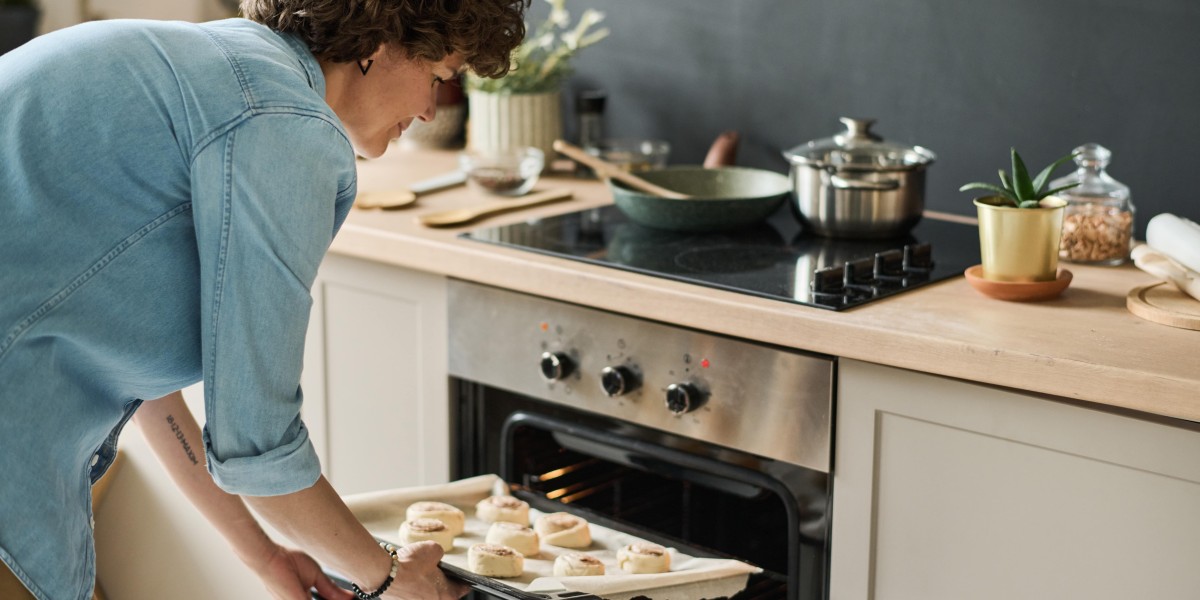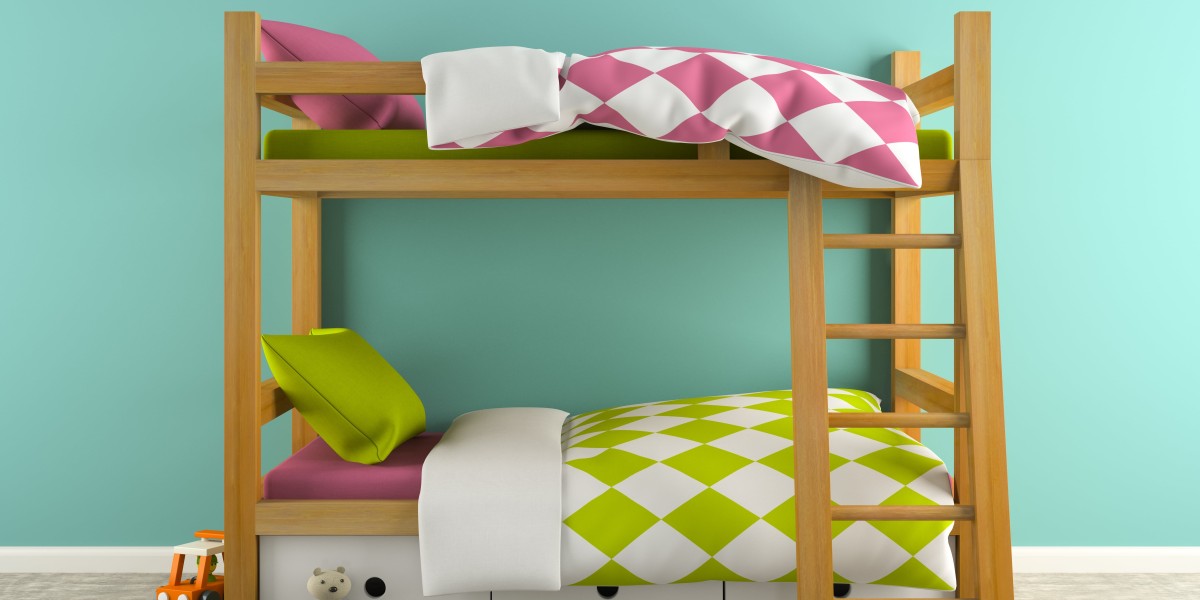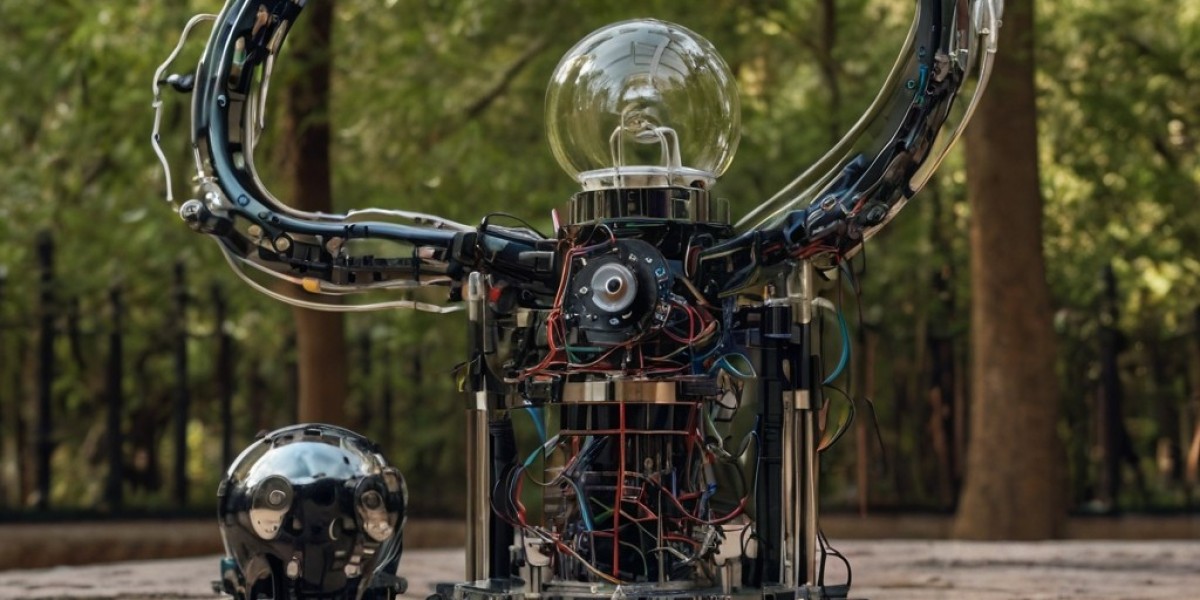Fitted Ovens and Hobs: An In-Depth Guide to Modern Cooking Appliances
Fitted ovens and hobs have actually ended up being a staple in contemporary kitchens, combining performance, looks, and ingenious technology. These kitchen appliances are developed to flawlessly integrate into kitchen surfaces, supplying the culinary enthusiast with the tools needed for effective meal preparation while maintaining a streamlined and orderly look. In this short article, we will explore the different kinds of fitted Inbuilt Ovens and hobs, their advantages, elements to consider when selecting them, and responses to frequently asked questions.
Comprehending Fitted Ovens and Hobs
Fitted ovens and hobs are appliances particularly created to be built into kitchen cabinetry or countertops for a seamless look. They can differ considerably in style, size, functionality, and functions, which deal with diverse cooking requirements and kitchen styles.
Types of Fitted Ovens
- Built-in Ovens: These ovens are installed straight into a wall or kitchen unit and come in different configurations and sizes.
- Double Ovens: A Bosch Stainless Steel Built-In Electric Oven version that consists of two different oven compartments, allowing for numerous meals to be cooked at differing temperature levels simultaneously.
- Combination Ovens: These flexible appliances integrate traditional baking with microwave technology.
- Steam Ovens: Ovens that use steam for cooking, keeping wetness in food while enhancing flavors and nutrients.
- Single Ovens: A basic oven system that is the most common type used in homes.
Types of Hobs
- Gas Hobs: These make use of gas burners for cooking, providing instant heat and accurate temperature level control.
- Electric Hobs: Powered by electrical energy, these hobs often feature smooth surfaces that make them simple to clean.
- Induction Hobs: Utilizing electromagnetic energy, induction hobs heat cookware directly rather than the hob surface area, making them energy efficient and a safe alternative.
- Mixed Hobs: These offer both gas and Cookology 72L Electric Oven - Multifunction & Convenient choices, supplying flexibility for cooking styles.
Benefits of Fitted Ovens and Hobs
Fitted ovens and hobs offer numerous advantages that boost the cooking experience:
- Space Efficiency: Designed to fit into cabinetry, fitted appliances use up less area compared to standalone designs, producing a streamlined kitchen layout.
- Aesthetics: Fitted designs frequently create a more cohesive and aesthetically enticing kitchen style.
- Modification: Homeowners can pick from a range of styles, surfaces, and includes to match their kitchen decor and cooking needs.
- Boosted Functionality: Many modern fitted ovens and hobs boast advanced technology, such as wise controls, self-cleaning features, and precise temperature level settings, which streamline cooking.
- Safety Features: Many hobs, particularly induction designs, have safety functions such as vehicle shut-off and child locks, promoting a more secure cooking environment.
Factors to Consider When Choosing Fitted Ovens and Hobs
When selecting fitted appliances for a kitchen, numerous factors ought to be considered to make sure the right choice:

- Cooking Style: Different appliances accommodate different cooking practices. Home cooks should examine their common meal preparation methods to find suitable appliances.
- Space and Layout: Measure the readily available space in the kitchen to ensure that the chosen appliances fit nicely without hindering motion.
- Energy Efficiency: Choose appliances with energy-efficient rankings to decrease energy expenses and ecological effect.
- Technology and Features: Consider the preferred functions, such as clever innovation, self-cleaning modes, or particular cooking functions like steam or convection cooking.
- Budget plan: Determine a budget plan before making selections to make sure that the selected designs line up with financial preparation.
Table: Comparison of Different Types of Ovens and Hobs
| appliance Design Type | Pros | Cons |
|---|---|---|
| Built-in Ovens | Space-saving, customizable design | Installation expense can be high |
| Double Ovens | Prepare several meals at various temps | Uses up more space |
| Steam Ovens | Healthy cooking, keeps nutrients | Generally higher expense |
| Gas Hobs | Quick heat control, preferred by chefs | Needs a gas line setup |
| Induction Hobs | Fast cooking, energy-efficient, safe | Requires compatible pots and pans |
| Electric Hobs | Easy to clean up, stable cooking temperatures | Heating times can be slower |
Often Asked Questions (FAQs)
1. What is the difference in between a built-in oven and a freestanding oven?
A built-in oven is integrated into kitchen cabinets for a seamless look, while a freestanding oven stands alone and is typically more noticeable and available.
2. Are induction hobs safe to use?
Yes, induction hobs are thought about safe as they just create heat when compatible pots and pans is put on them, lowering the risk of burns.
3. Can I install a fitted oven myself?
While some individuals might choose to set up fitted ovens themselves, it is typically suggested to hire an expert to make sure appropriate installation and adherence to security standards.

4. What size of oven is perfect for a little kitchen?
In small kitchen areas, think about compact or single Bosch Serie 4 Built-in Oven with 3D Hotair ovens that fit within the offered space without compromising on cooking functionality.
5. Do fitted ovens and hobs need special upkeep?
Fitted appliances need basic maintenance, such as cleansing and routine checks. However, particular maintenance jobs depend upon the kind of oven or hob.
In conclusion, fitted ovens and hobs represent the embodiment of contemporary kitchen design and performance. By understanding their types, benefits, and factors to consider, consumers can make informed choices that boost their cooking experiences while fitting seamlessly into their home. Whether developing gourmet meals or preparing household dinners, fitted ovens and hobs are valuable tools in any culinary space.







